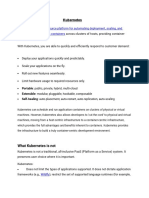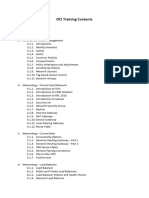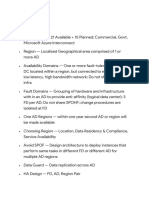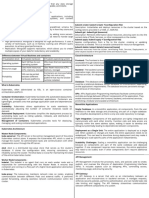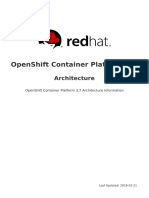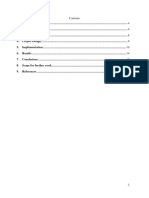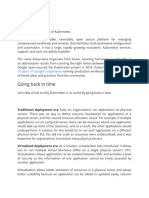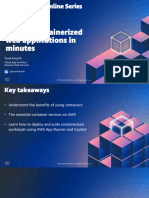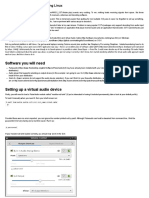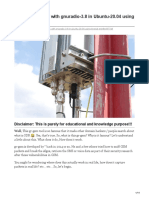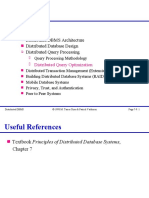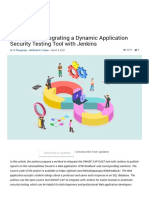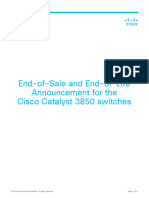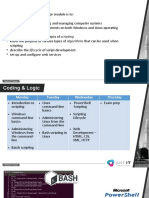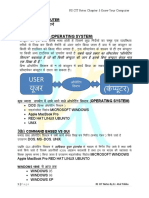0% found this document useful (0 votes)
343 views6 pagesOracle Cloud Infrastructure Developer - Exam Study Notes
This document provides study notes for the Oracle Cloud Infrastructure Developer exam. It outlines key concepts for developing serverless applications with Oracle Functions, using services like OCI Events, deployment strategies, Container Engine for Kubernetes, object storage, API gateway, resource manager, key management, and streaming. Compartments and access policies are also discussed.
Uploaded by
RonaldMartinezCopyright
© © All Rights Reserved
We take content rights seriously. If you suspect this is your content, claim it here.
Available Formats
Download as PDF, TXT or read online on Scribd
0% found this document useful (0 votes)
343 views6 pagesOracle Cloud Infrastructure Developer - Exam Study Notes
This document provides study notes for the Oracle Cloud Infrastructure Developer exam. It outlines key concepts for developing serverless applications with Oracle Functions, using services like OCI Events, deployment strategies, Container Engine for Kubernetes, object storage, API gateway, resource manager, key management, and streaming. Compartments and access policies are also discussed.
Uploaded by
RonaldMartinezCopyright
© © All Rights Reserved
We take content rights seriously. If you suspect this is your content, claim it here.
Available Formats
Download as PDF, TXT or read online on Scribd
/ 6


















